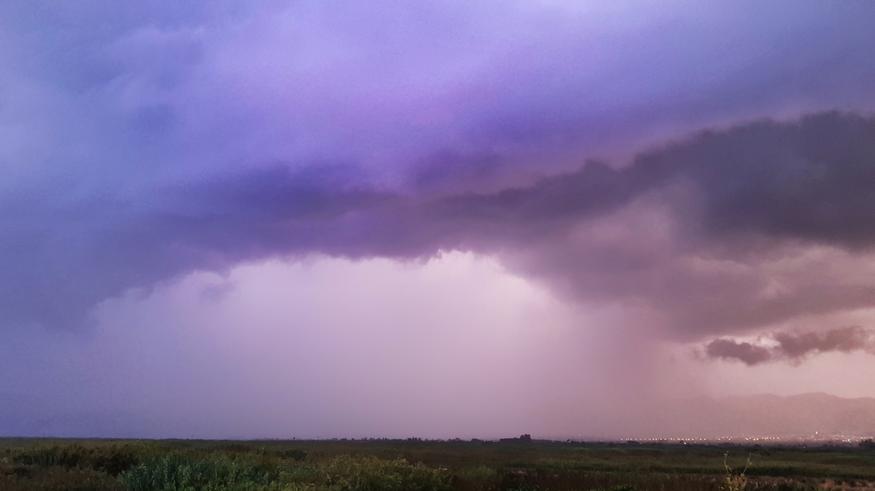How high up are clouds?
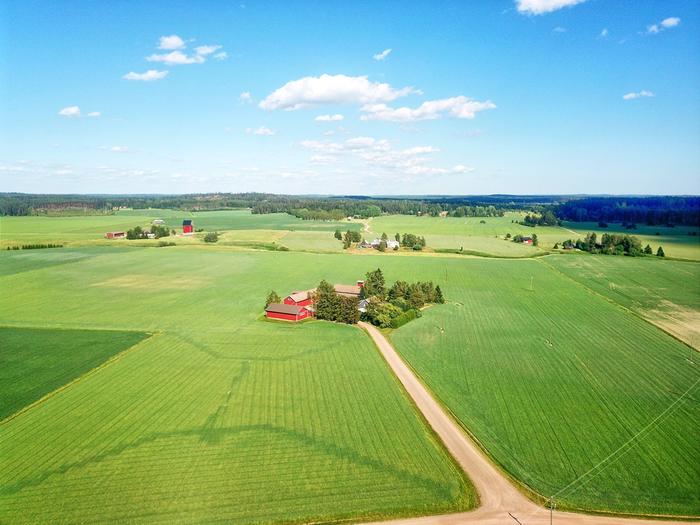
Most clouds we see are found in the troposphere, the lowest part of the atmosphere, which is 20,000–60,000 miles thick depending on where you are on Earth. Usually there are several types of cloud in the sky simultaneously.
Fogs and stratus clouds cloud types that can be found on or just above the ground. Fog is a cloud that touches the ground, and stratus clouds can be found 50–5,000 feet above the ground. Fog is formed, when the temperature of the air falls as low as its dew point temperature (or the dew point temperature rises as humidity of the air increases), and the moisture it contains starts to condense into cloud droplets. Wind and rising temperatures close to the ground can cause the fog to evaporate or rise above the ground and become a stratus cloud.
Low-level clouds are often dark, rain may fall out of them
Low-level clouds are found in the lowest layer of the atmosphere. If a cloud's base is below 6,500 feet, it is called a low-level cloud. Stratus clouds and cumulus clouds are examples of low-level clouds. Many low-level clouds look gloomy and gray, as they don’t let a lot of sunlight through. Rain may fall out of them. Cumulus clouds start off as small, but they can grow through all the troposphere layers to a height of up to 15 miles, becoming low-level, mid-level and high-level clouds all at once.
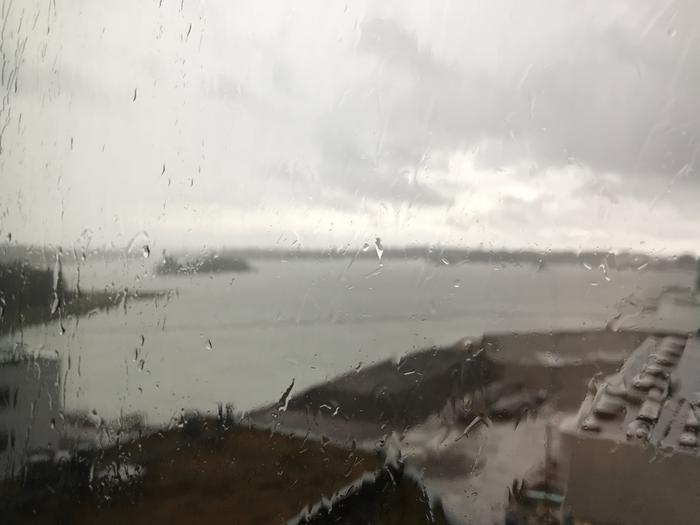
Mid level clouds are featureless cloud surfaces
Altostratus clouds are a typical example of mid-level clouds, and they can be seen at the height of 6,500–20,000 feet. Rain may fall out of mid-level clouds, but in many cases it does not reach the ground. Mid-level clouds can be seen simultaneously with low- and high-level clouds.
Some mid-level clouds let sunlight through them, but often they form a featureless layer of cloud in the sky.
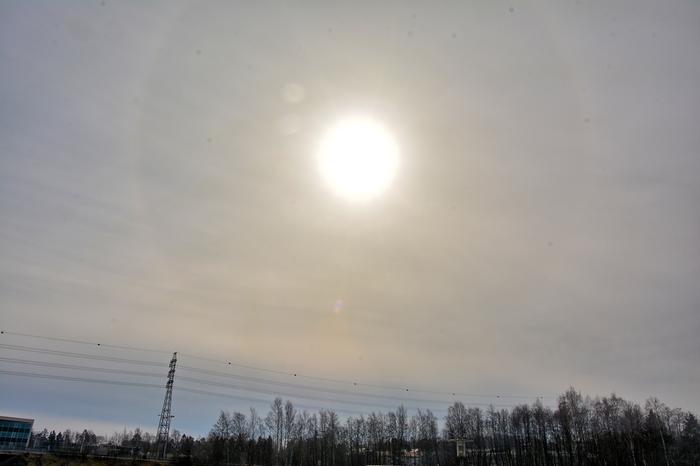
High level clouds are fibrous and translucent
High-level clouds can be found at airplanes’ cruising altitude and above, and they are formed of tiny ice crystals. Cirrus clouds are a good example of high-level clouds. The structure of high-level clouds is fibrous and sunlight can easily be seen through them. Sometimes halos can be seen on these clouds formed of ice crystals.

Clouds in the stratosphere and mesopause
Clouds can exist above the troposphere, too. For example polar stratospheric clouds and noctilucent clouds are found at much higher altitudes than weather-producing clouds.
Polar stratospheric clouds are found in the stratosphere at the altitude of roughly 50,000–80,000 feet. Their formation happens in conjunction with humid airflow over mountains, and mountain waves, that lift the humid air to the stratosphere.
Noctilucent clouds exist in the mesosphere at the altitude of 250,000–280,000 feet. Noctilucent clouds are formed when ice crystals form around tiny dust particles. Noctilucent clouds light up when the sun has already set at ground level, but sunrays can still reach the mesosphere and be reflected off the tiny ice crystals of the clouds.
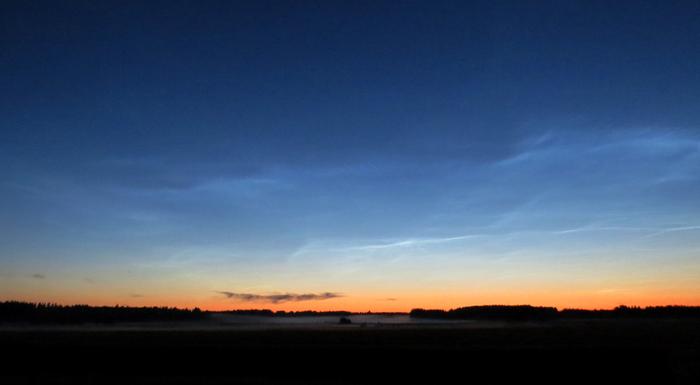
The scope of upward-moving air currents defines the cloud type
The mechanism of cloud formation depends on if upward-moving air currents cover a small or large area. Small scale upward-moving air currents produce local cumulus clouds, larger scale currents produce lower and mid level stratiform clouds found in conjunction with weather fronts. High-level clouds can be formed by both small and large scale air currents and water vapour condensation events. Updrafts caused by mountain ranges can produce orographic, lenticular and nacreous clouds and Kelvin-Helmholtz clouds.
Article last updated 2/25/2021, 8:06:00 AM

